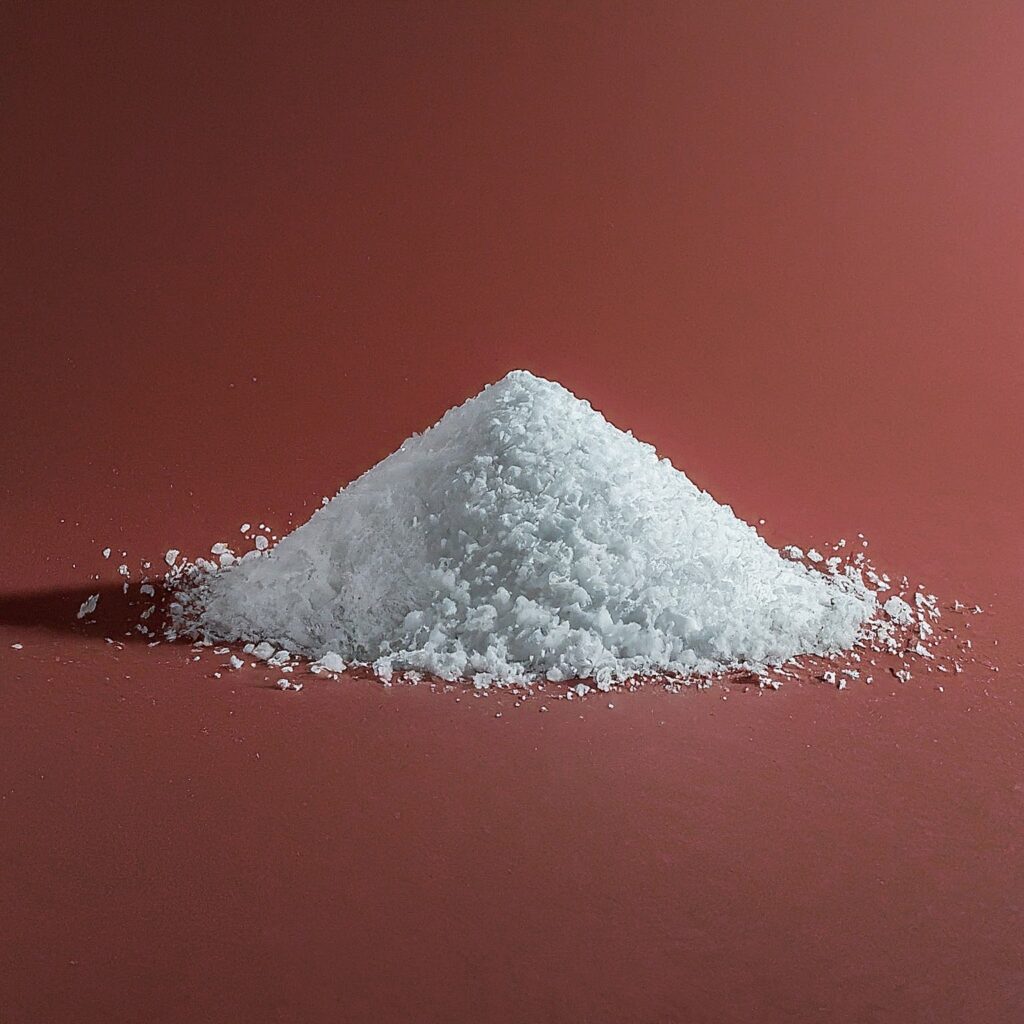
Cheese comes in an incredible variety of textures, flavors, and aromas, offering something for everyone. From soft and spreadable to hard and crumbly, mild and creamy to sharp and tangy, the possibilities are endless. This vast variety allows it to be incorporated into countless dishes, snacks, and desserts. Its creamy texture and rich flavor make it a staple ingredient in countless dishes.
Cheesemaking has been practiced for thousands of years and has become deeply ingrained in the cultural fabric of many societies. From France’s iconic cheeses to Mexico’s queso fresco, each region has its own unique traditions and methods for making this dairy product. As cheese production became more industrialized, cheese makers sought ways to improve the texture, consistency, and shelf life of their products. One way to achieve this is to add various ingredients in the dairy product. And one particular ingredient that makes better cheese is sodium citrate.
Table of Contents
WHAT IS SODIUM CITRATE?

Sodium citrate, scientifically known as trisodium citrate, is a sodium salt of citric acid. It has a chemical structure consisting of three sodium ions (Na+) bound to a citrate molecule.
The citrate molecule, in turn, comprises three carboxylic acid groups (-COOH) attached to a central carbon atom, along with three hydroxyl groups (-OH).
This molecular arrangement imparts sodium citrate with its characteristic acidic properties and ability to chelate metal ions.
The production of sodium citrate typically involves a chemical reaction between citric acid and sodium carbonate or sodium bicarbonate. This reaction results in the formation of sodium citrate, along with the release of carbon dioxide gas and water. The reaction equation can be represented as follows:
Citric acid + Sodium carbonate (or Sodium bicarbonate) → Sodium citrate + Carbon dioxide + Water
This reaction is usually conducted in an aqueous solution under controlled conditions of temperature and pH (acidity). This optimizes the yield and purity of the sodium citrate product. After the reaction, the resulting sodium citrate solution may undergo purification steps, such as filtration or crystallization, to remove impurities and obtain the desired product.
Sodium citrate, acknowledged as a safe substance and generally recognized as safe (GRAS) by the Food and Drug Administration (FDA), serves multiple functions in the food industry, including as an acidity regulator, emulsifier, and preservative. Its emulsifying attributes render it particularly beneficial in cheese production, where it aids in enhancing texture and stability. According to FDA guidelines, emulsifying agents like phosphates, citrates (such as sodium citrate), and tartrates may be utilized in small quantities (less than 3% of weight) in pasteurized process cheese to achieve desired properties.
Let’s discuss this further.
FUNCTIONS OF SODIUM CITRATE IN CHEESE
Sodium citrate is frequently present in processed cheeses as opposed to natural or artisanal varieties, with processed cheeses being those that undergo modification and blending with other ingredients to enhance their texture, extend shelf life, and improve melting properties. Examples of such cheeses include Velveeta, cheese spreads, and American processed cheese.
Emulsification
Emulsification involves uniformly dispersing fat molecules throughout a water-based medium to create a stable mixture known as an emulsion, achieved with the assistance of emulsifying agents like sodium citrate. In cheese production, fat molecules tend to clump together naturally, resulting in uneven texture or separation of fats and liquids. Sodium citrate intervenes by stabilizing the emulsion, addressing these undesirable outcomes.
You might also like: Food Science: Why Is Cheese Yellow?
The mechanism behind sodium citrate’s emulsifying property lies in its ability to interact with calcium ions. These ions play a significant role in the coagulation of milk proteins during cheese making. When sodium citrate binds with calcium ions, it disrupts the calcium-mediated interactions between protein molecules, thereby reducing their tendency to coagulate and facilitating the dispersion of fat molecules within the aqueous phase of the cheese. The result of this is even fat distribution throughout the cheese matrix.
Furthermore, sodium citrate’s emulsifying action extends beyond simply preventing fat separation. It also contributes to the creation of a smooth, homogeneous texture in the final cheese product.
Improving meltability
Sodium citrate significantly improves the meltability of cheese through its chelating properties. This positively affects the interactions between calcium ions and casein proteins. In cheese, calcium ions typically bind with the carboxyl groups of casein proteins. This contributes to the formation of a protein network that gives cheese its structure. However, this network can impede the smooth flow of fat molecules during the melting process. Most of the time, this results in an uneven texture and inconsistent melt.
Sodium citrate prevents this from occurring by forming complexes with calcium ions present in cheese. By sequestering these calcium ions, sodium citrate disrupts the interactions between calcium ions and casein proteins. This disruption weakens the protein network, allowing for greater mobility of fat molecules within the cheese matrix.
Improved meltability occurs as a result of this loosening of the protein network. With fewer hindrances, fat molecules can move more freely when subjected to heat, leading to a smoother and more consistent melt. Instead of clumping together or remaining trapped within the protein matrix, the fat molecules flow evenly, resulting in a velvety texture and enhanced mouthfeel.
You might also like: The Bacteria That Make Limburger Cheese Smell
Moreover, sodium citrate’s chelating action helps prevent the formation of gritty or grainy textures that can sometimes occur during the melting process.
Many cheese spreads and dips, particularly those available commercially, contain sodium citrate to improve their meltability and texture. Sodium citrate helps these products achieve a smooth, creamy consistency that is ideal for spreading on crackers, dipping with vegetables, or using as a topping.


